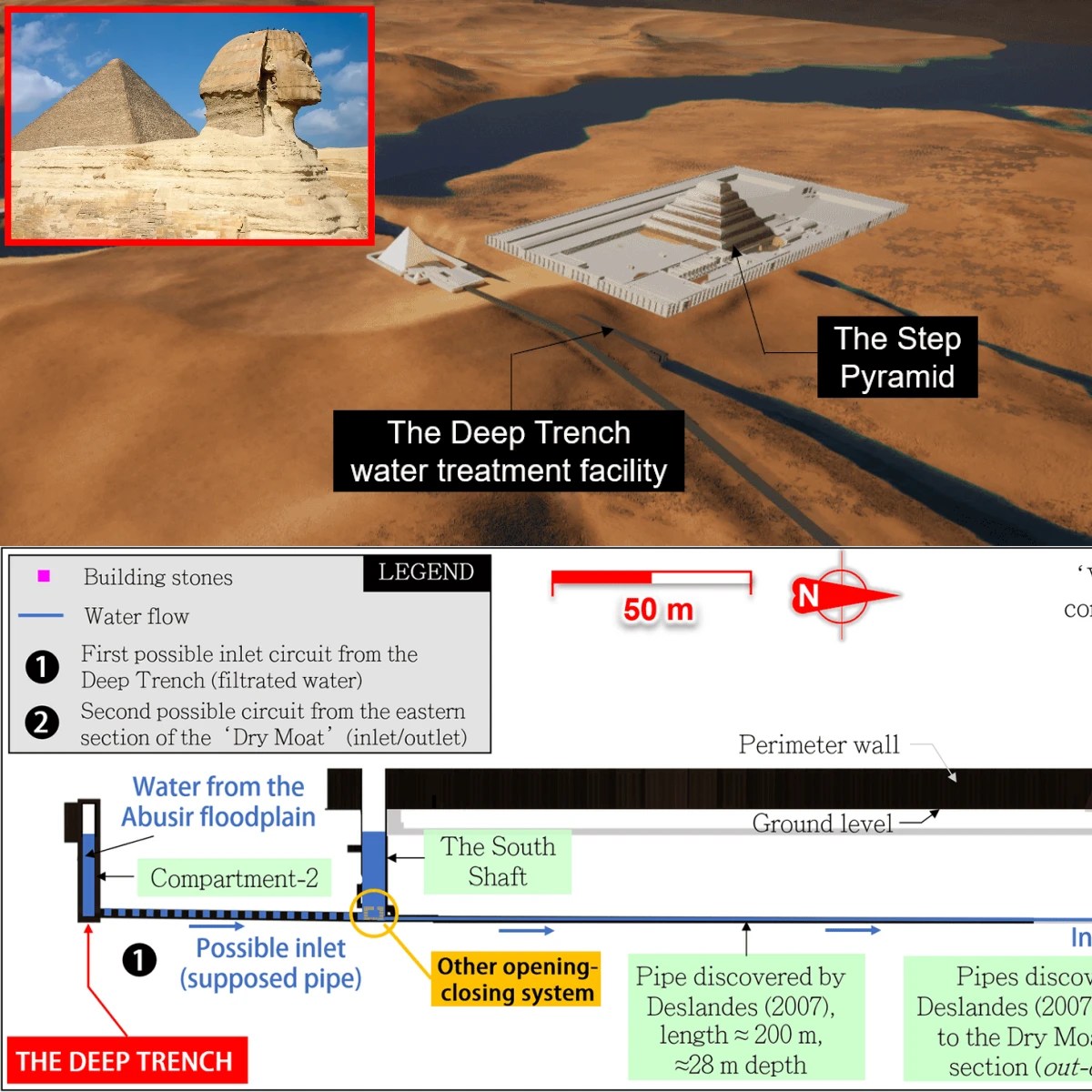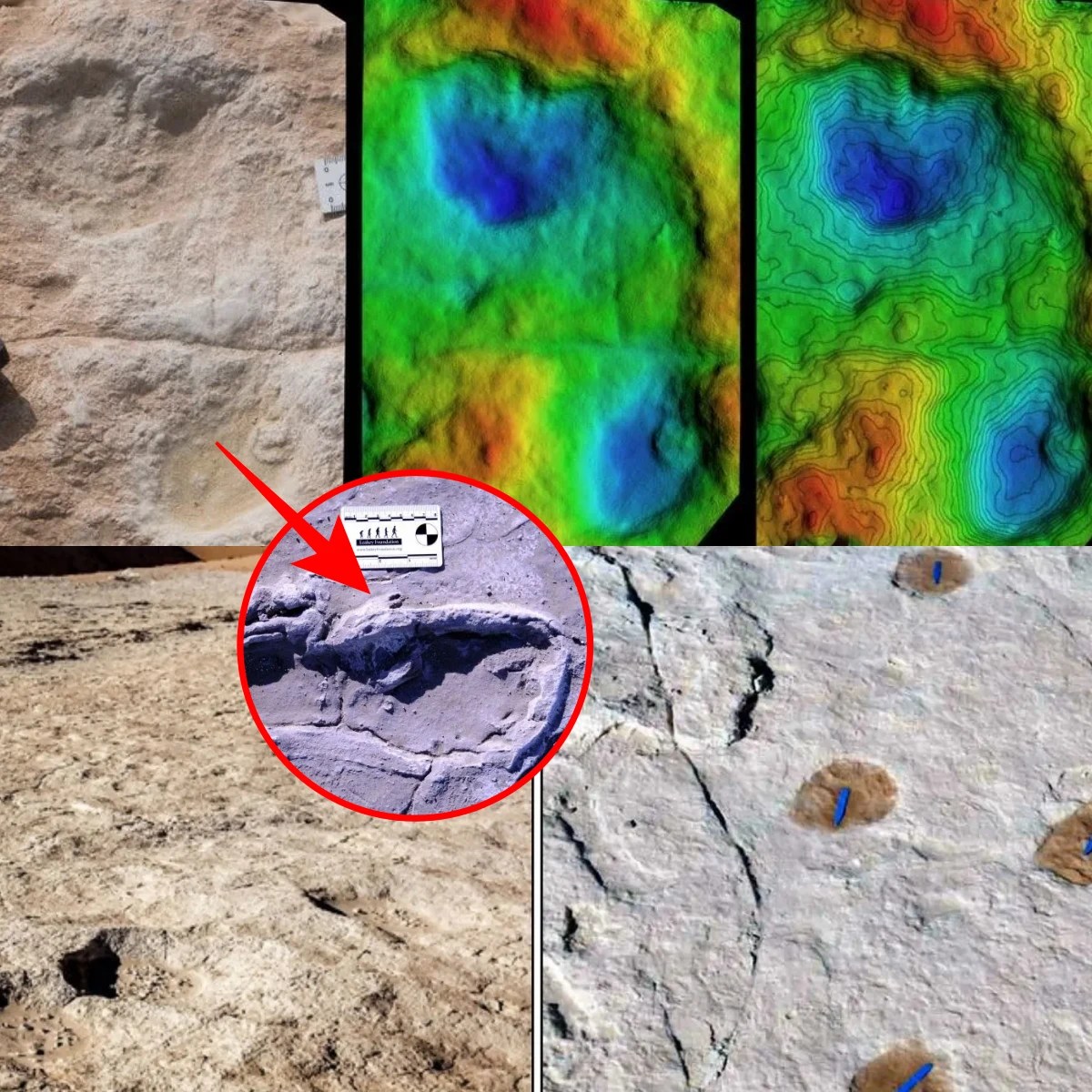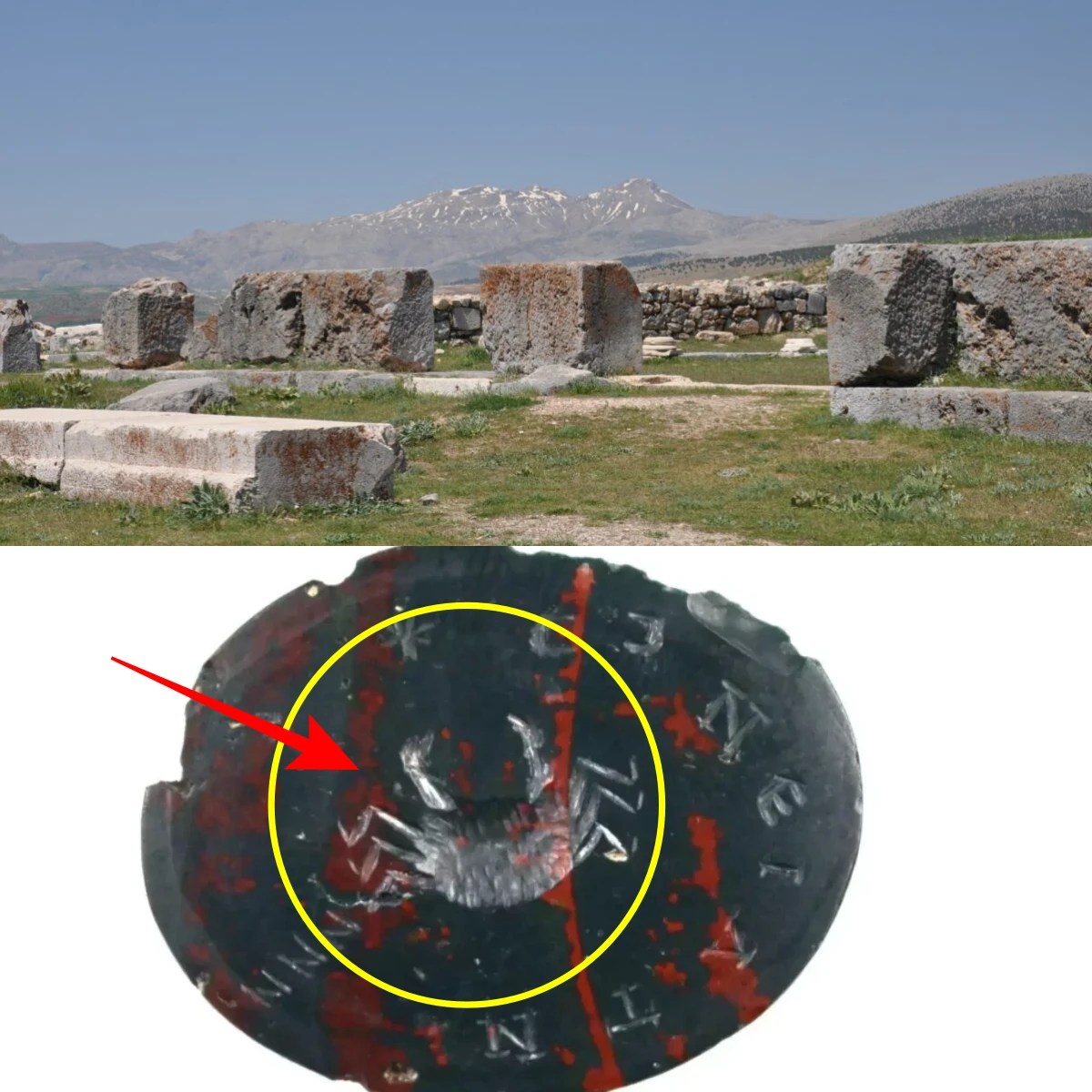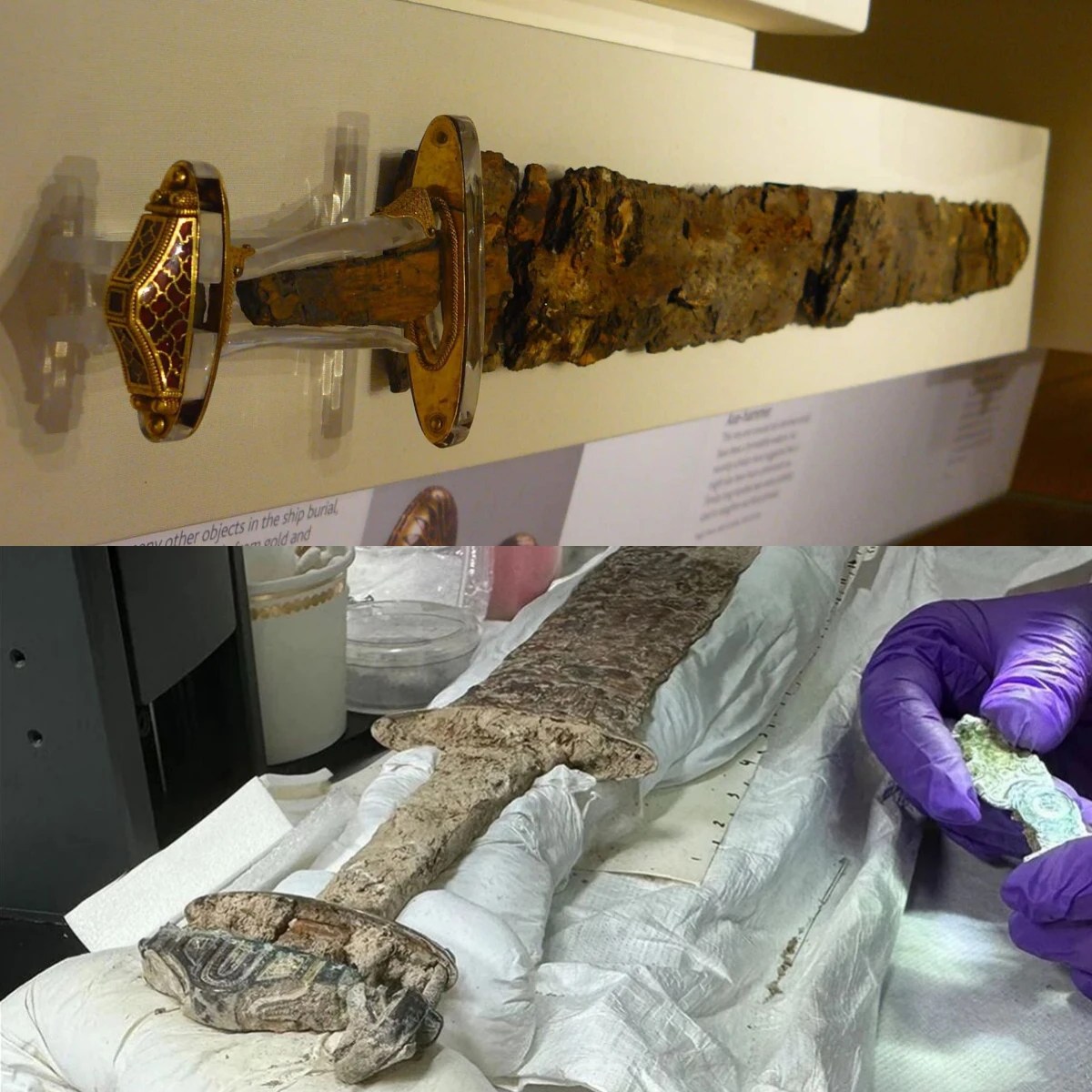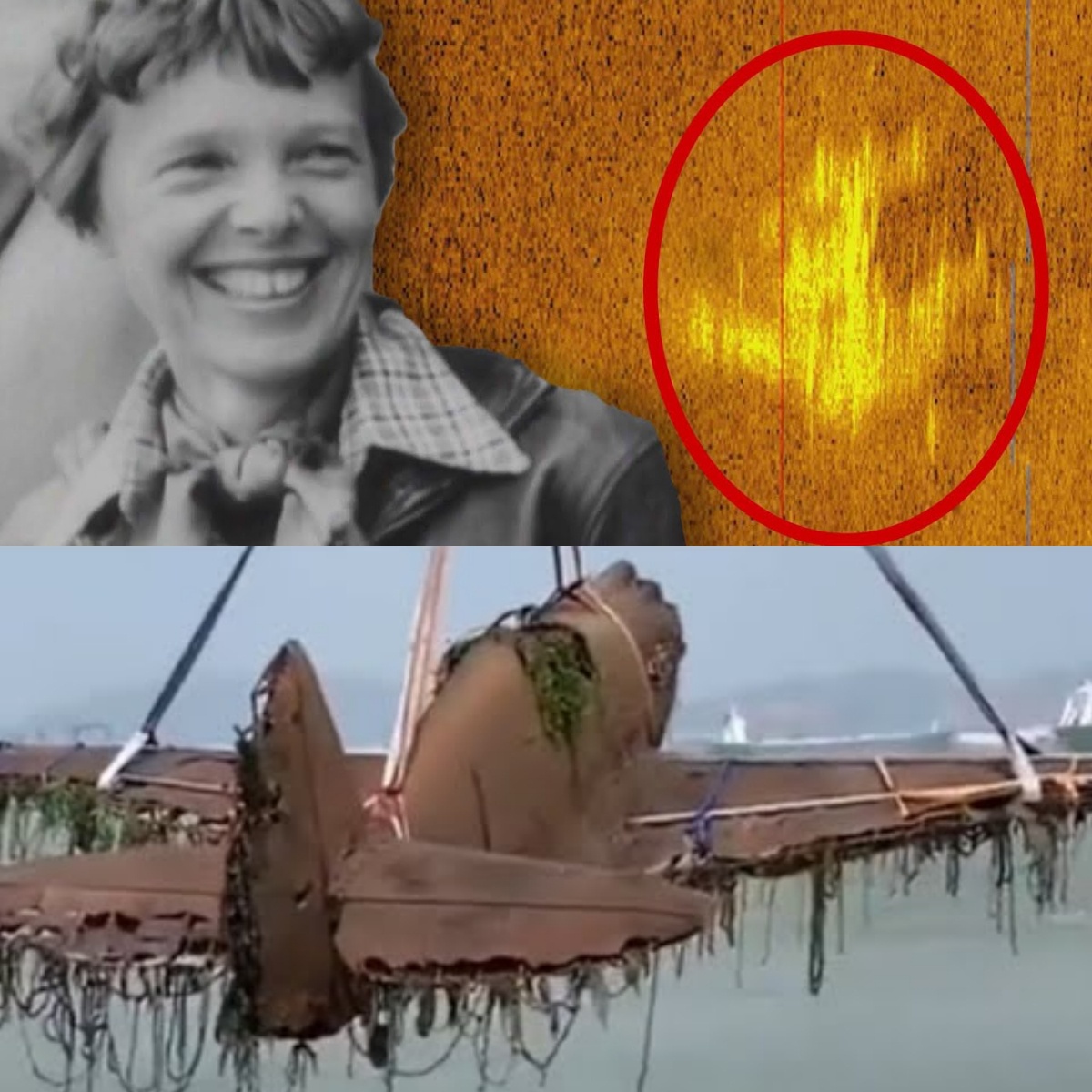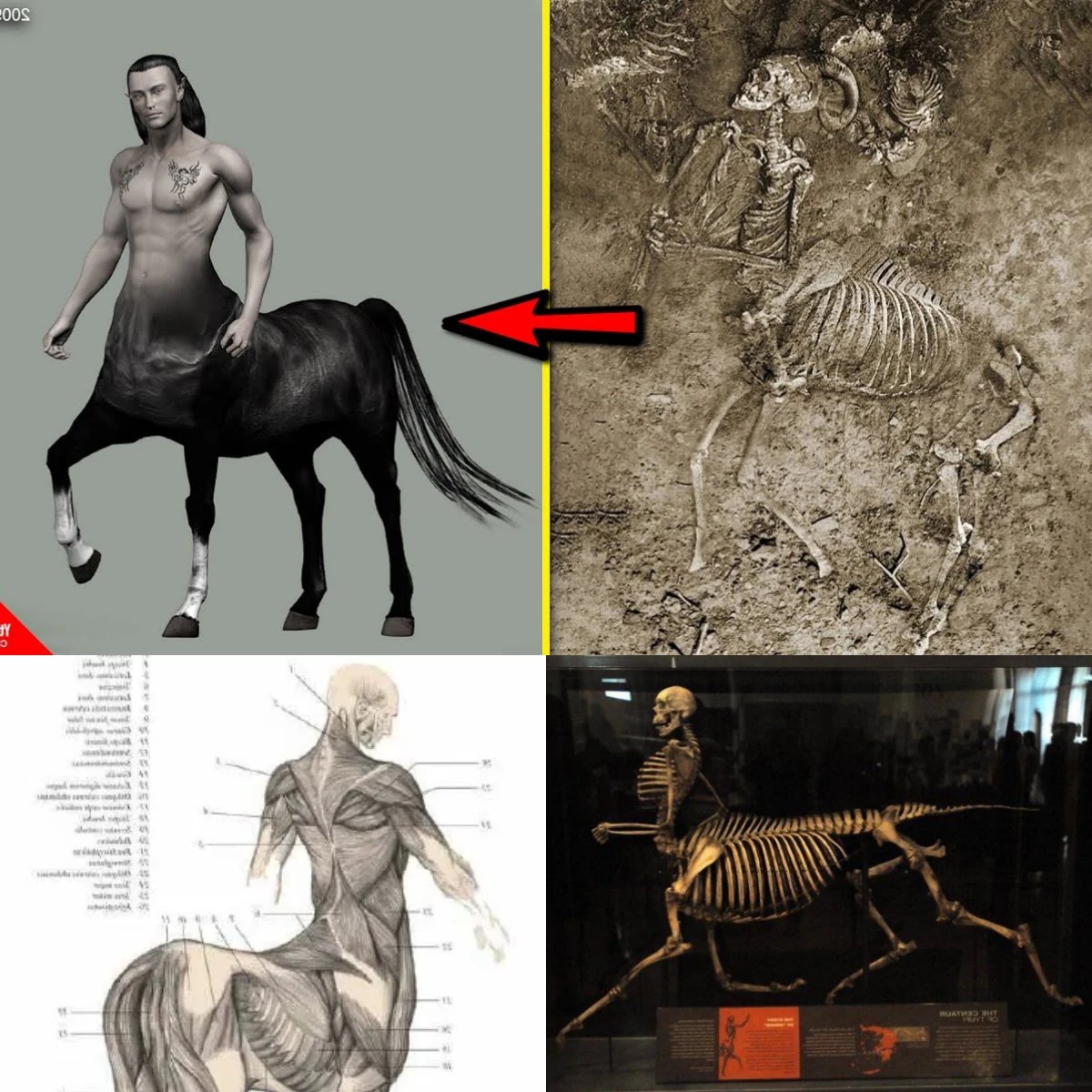Tarim’s 4,000-Year-Old Baby: European Features in China
In the arid desert of the Tarim Basin, located in the present-day Xinjiang region of China, extraordinarily well-preserved human remains have been discovered that have aroused fascination and amazement in both the scientific community and the general public. Among these finds, the mummy of an infant stands out, one of the approximately 200 bodies recovered that present physical characteristics associated with European populations. This discovery, along with the other remains found, is part of what is known as the “Tarim Mummies”, one of the most intriguing archaeological series of antiquity. The Tarim mummies date from a period between 1800 BC…
3 min read

